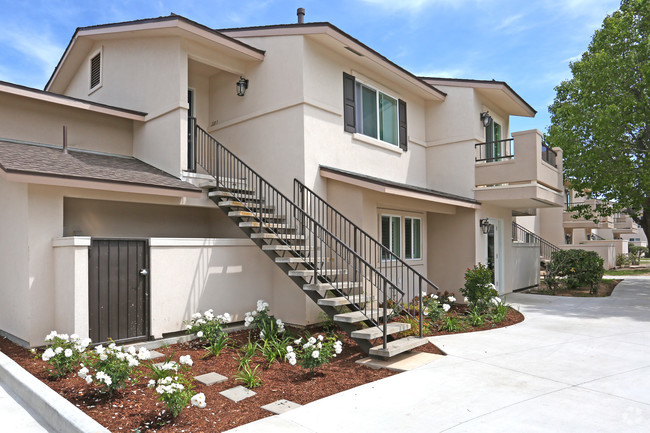
Single Family Rental (SFR)
A new asset class has entered the CRE scene and although its kind of always been around, it was only recently securitized by Wall St in its current “commercial” form a la Blackstone’s Invitation Homes 2013-SFR1 issuance in Nov 2013. SINGLE FAMILY RENTAL properties, or SFR, are single family homes – like houses, condos and townhomes- that are owned by a single-purpose entity (SPE), like an LLC, and leased to a 3rd party tenant for rental income.
The corporate ownership and 3rd party occupancy is what differentiates SFR from a traditional single-family home or homestead. It’s also why SFR is considered a CRE investment and subject to CRE rules, rather than FHA rules- like the one that requires mountains of documentation every time someone purchases a home.
An SFR Portfolio is comprised of 5 or more SFR properties. The properties don’t have to be contiguous, or even in the same market to be considered an SFR Portfolio. It’s that simple. The only potential crossover between SFR and MFH is in the case of fractured condos. In this instance the owner needs to own/control 95% or more of all units within the entire facility.
MultiFamily Housing (MFH)
Aside from being a more technical word for Apartments, MultiFamily Housing, or MFH, are similar to SFR in that they are both property owned by an SPE and leased to a 3rd party tenant. However, the primary difference is that MFH always- ALWAYS, ALWAYS, ALWAYS- contains 5 units or more. Period.
The 5 units or more is really a hard qualifier here. There are a few special property types- like Assisted Living Facilities, Student Housing, Manufactured Housing Parks, etc- that are similar to MFH but not quite the same. For simplicity sake, and for this blog’s sake, a general rule of thumb for MFH is that whenever the leases aren’t market rate, with 12 month terms, to the general public, you may not be in MFH land anymore and are likely a specialty property or sub-class to MFH. Essentially, SFRs are less than 5 units and MFH is 5 units or more.
Single Family Rental(SFR)<5 units< Multifamily/Apartments(MFH)
Single Family Rental (SFR)
-Property or structure with 4 units or less
-5 or more SFRs makes a portfolio
-Less than 95% ownership of fractured condo
-Market rate leases; no short-term/vacation rentals
Multifamily Housing (MFH)
– 5 or more contiguous units
-50% or more of space and/or revenue from rental units
-95% or greater ownership for fractured condos
-Market rate leases; no short-term/vacation rentals
Why the Difference Matters
Okay, MFH and SFR are different. Why does it matter? One word- FINANCE. Financing for MFH properties are much more aggressive and competitive thanks to lenders like Fannie Mae and Freddie Mac. Fannie and Freddie- more affectionately referred to as “the Agencies”- provide tremendous value and security to the CRE industry as they are the standard bearer for multifamily housing lending. If you have a multifamily housing property that’s been 90% occupied or greater for 90 days or more, you should strongly consider financing through Fannie or Freddie for loans of $2m or more- Rhenium Capital provides mortgage brokerage for Fannie and Freddie loans.
The options available for SFR Finance are much narrower. Primarily because the Agencies do not have an official SFR Loan product for individual and mid-size investors at this point. And although the Agencies’ willingness to finance your deal may be slowly changing, it’s still the government. Needless to say for the time being you will almost certainly be limited to three options for financing you SFR property/portfolio: Bank Loan, Securitization or Private/Hard Money.
The important takeaway for investors here is to first know whether you own an SFR or MFH property and that the finance options for these two can be VERY different.